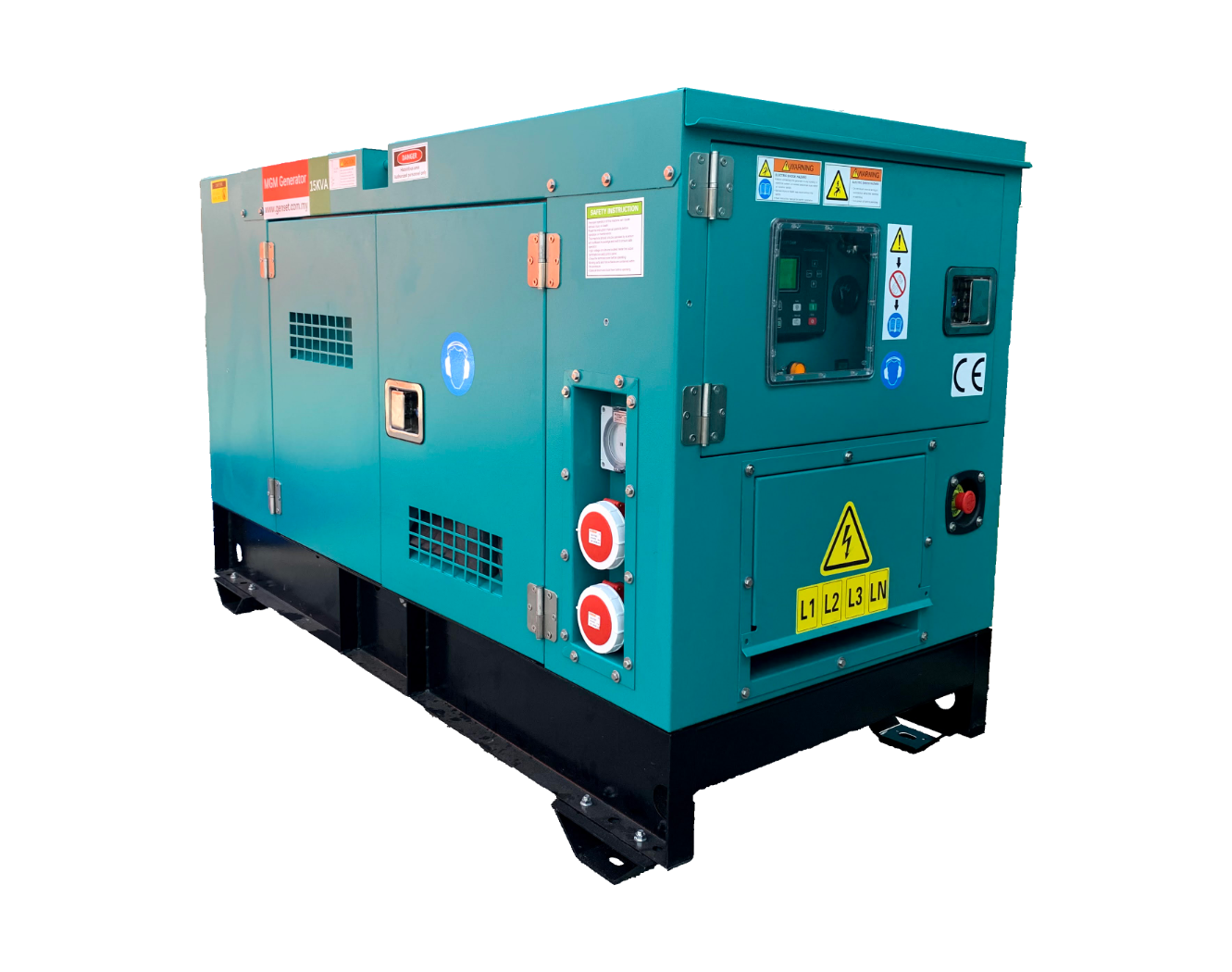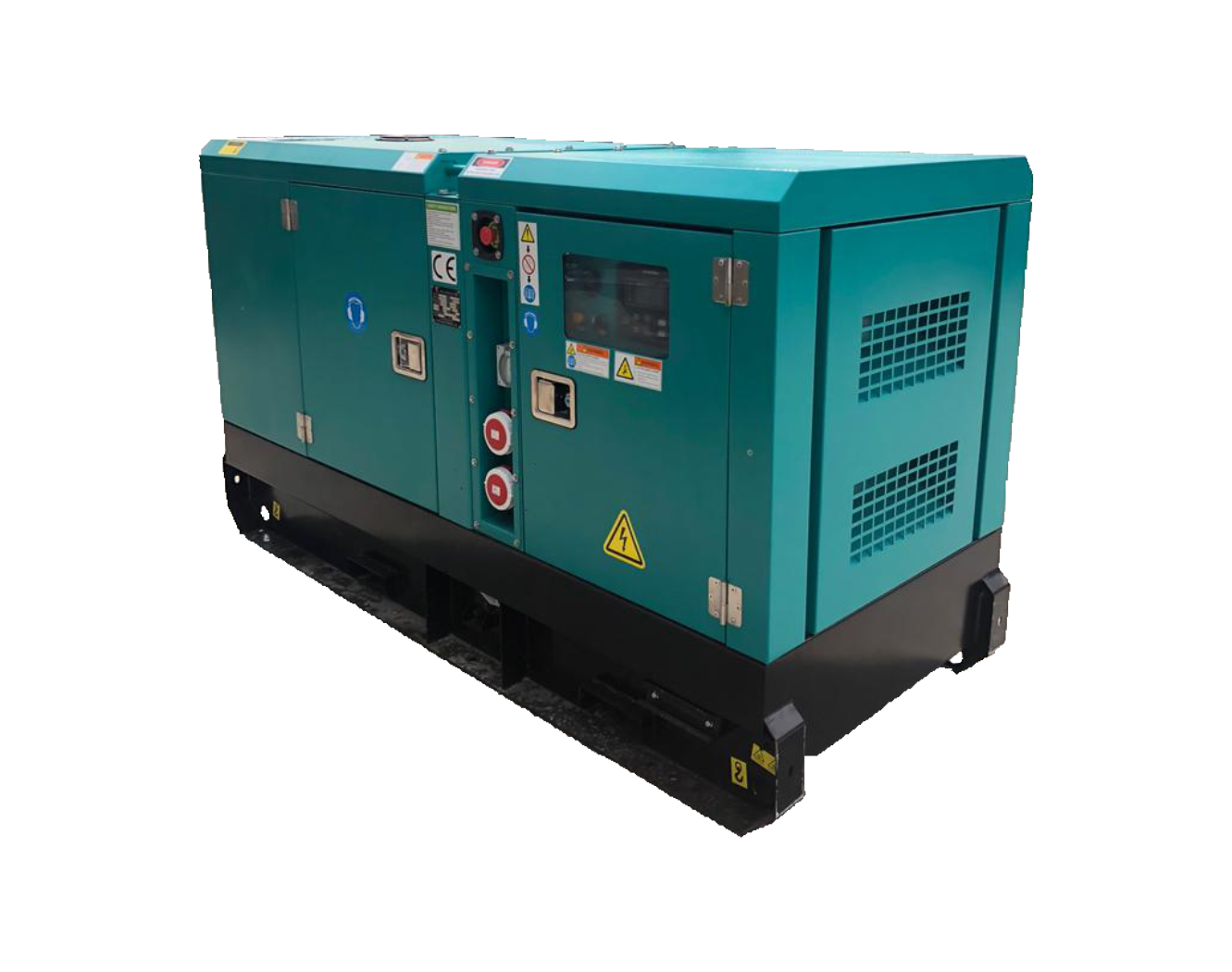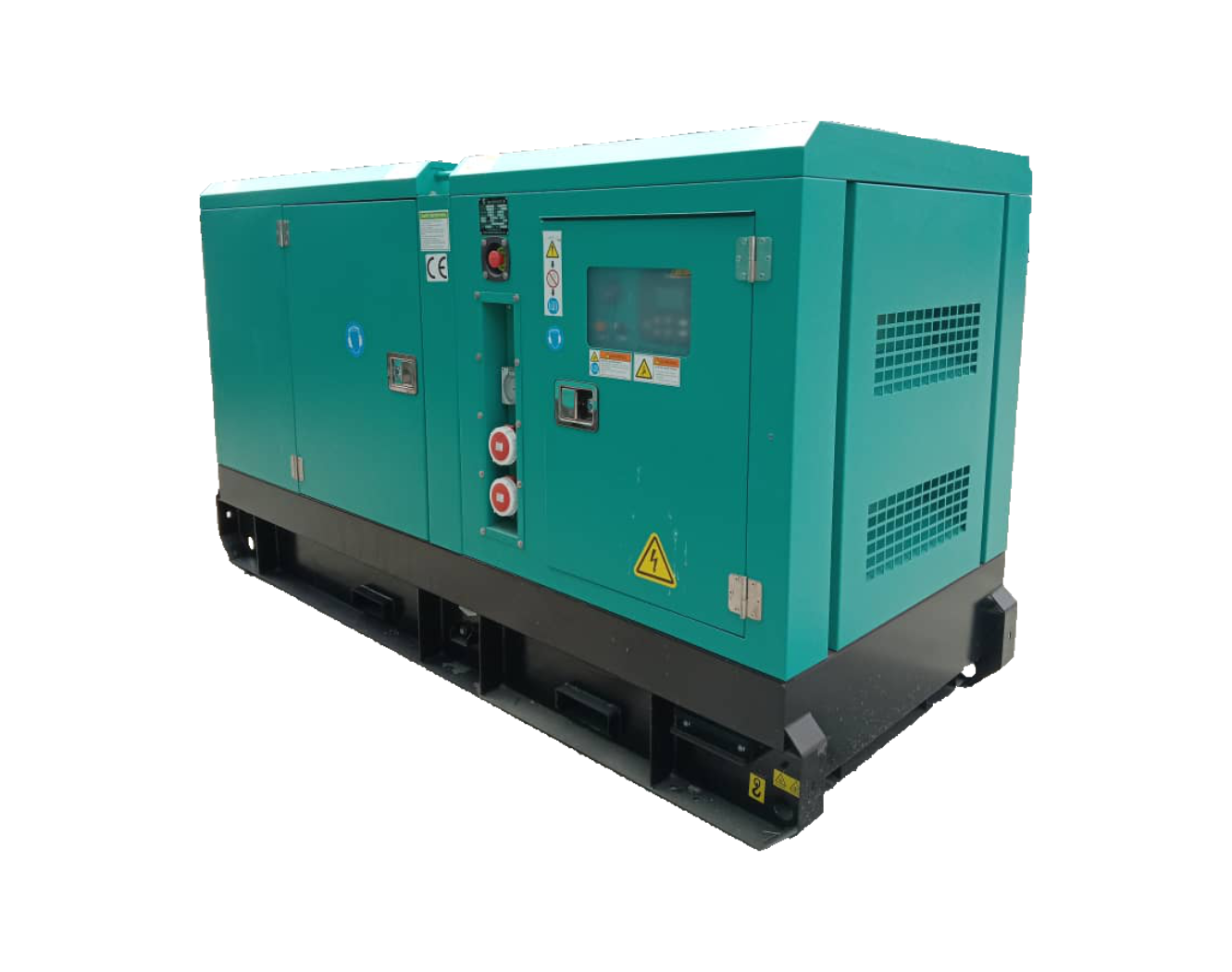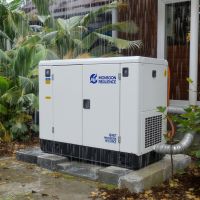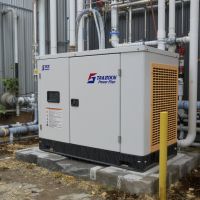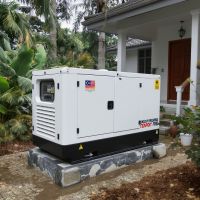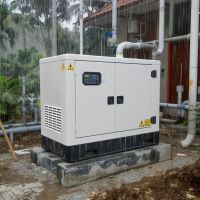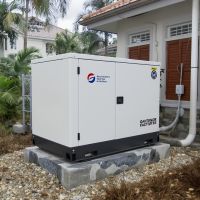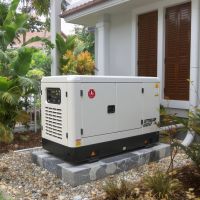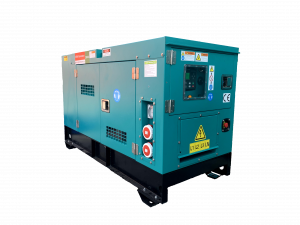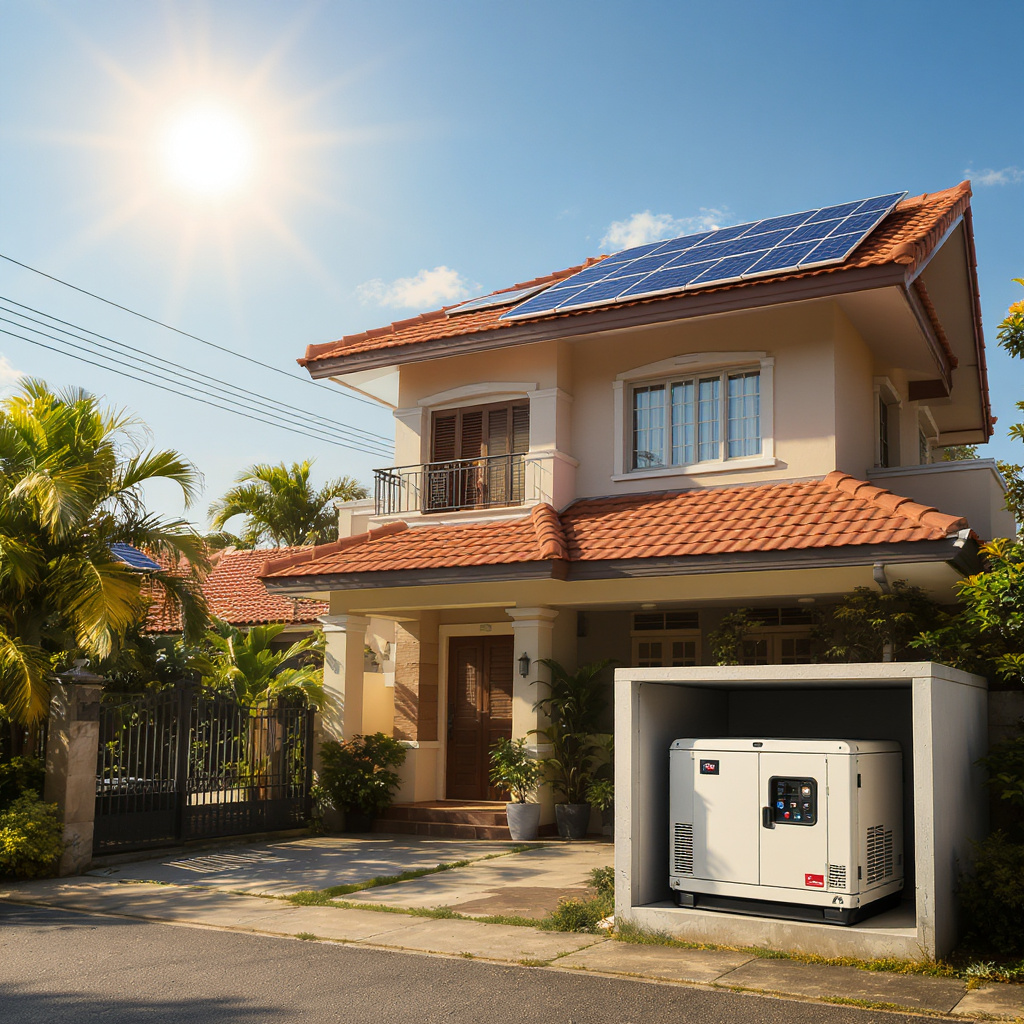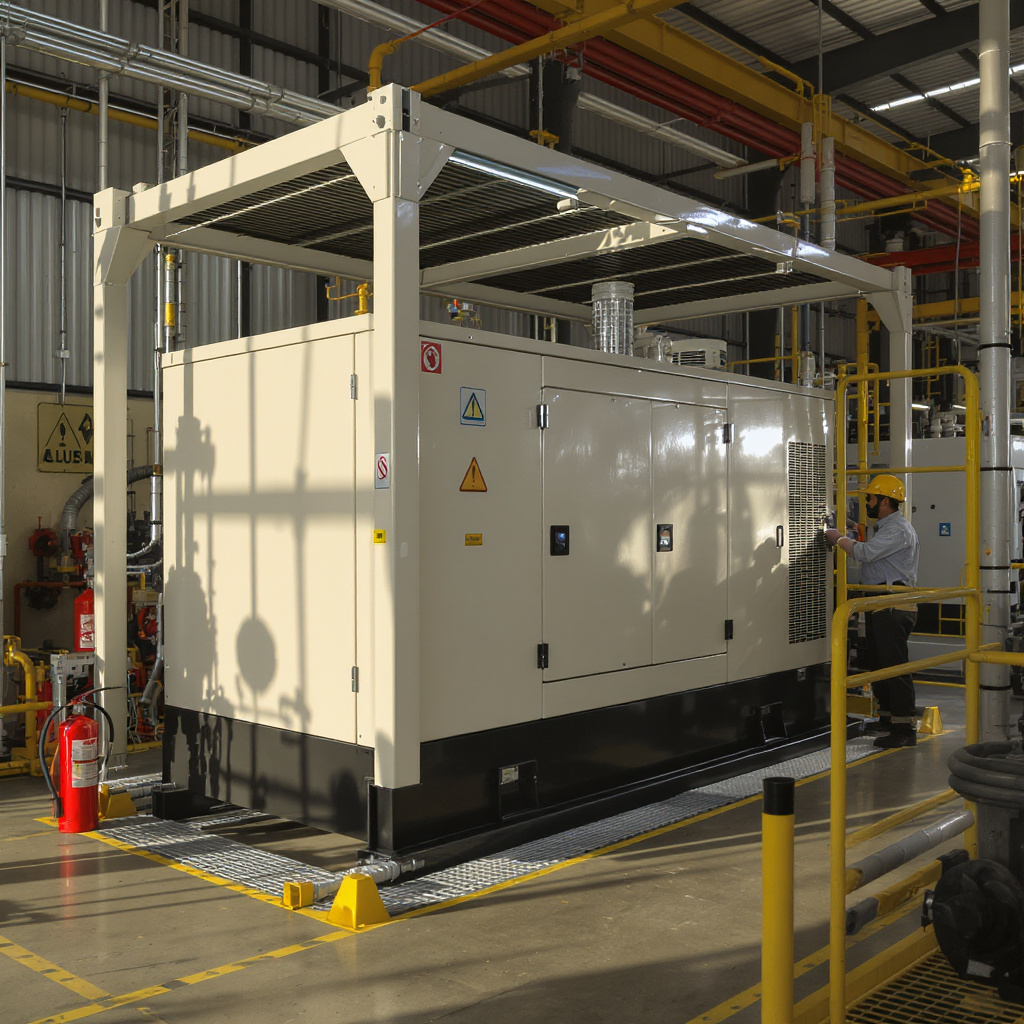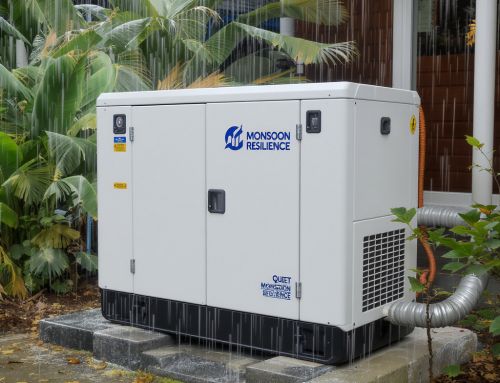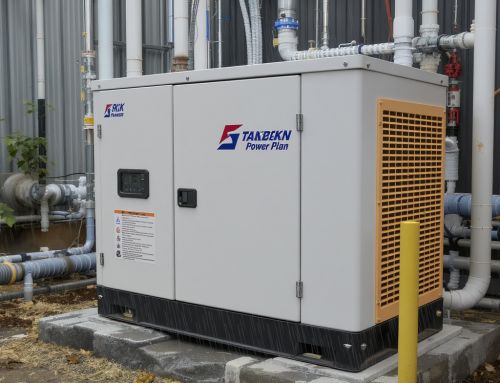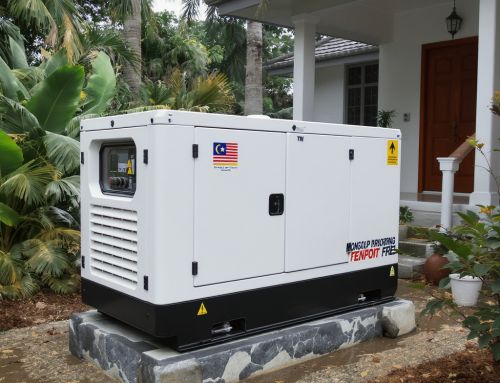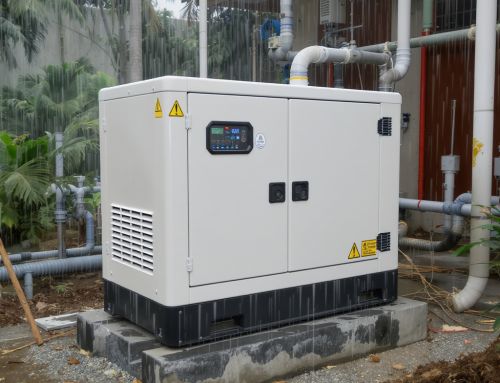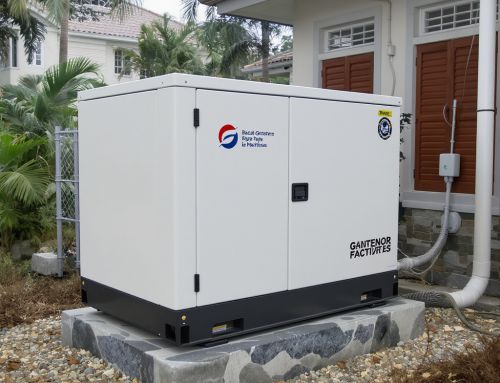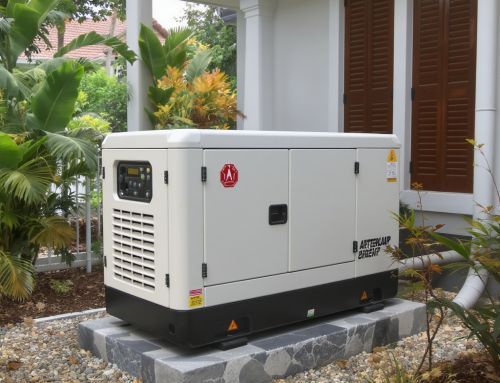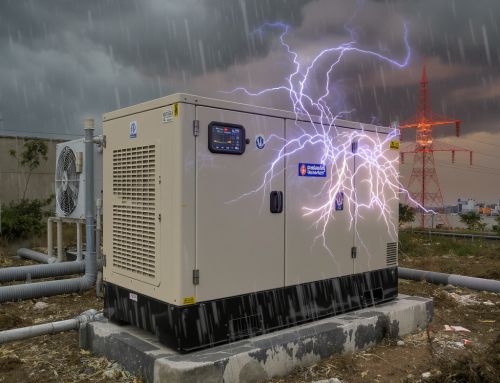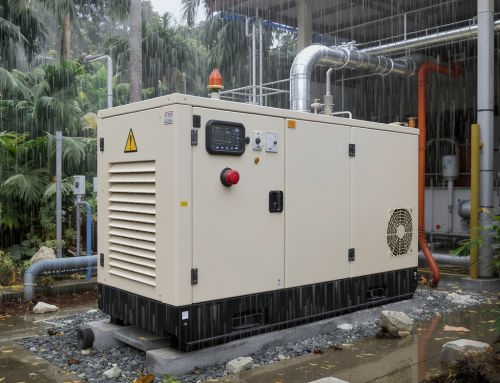Heatwave-Ready Power in Malaysia: Pairing Solar With Hybrid Backup Generators for Homes and Factories
Malaysia’s recent heatwaves have pushed electricity demand to record highs, stressing local grids and causing voltage dips and occasional blackouts. For homeowners and factory managers alike, reliable power is no longer a nice-to-have—it’s mission critical. A practical, resilient approach is to combine rooftop solar (for daytime efficiency) with a right-sized standby generator that takes over automatically when the grid stumbles or when the sun and batteries can’t cover your load.
Why heatwaves strain the grid: High temperatures drive up air-conditioning usage while derating transformers and distribution equipment. Afternoon storms can add unplanned interruptions. The result is higher risk of outages and sensitive electronics experiencing harmful voltage fluctuations. Homes face spoiled groceries, discomfort, and WFH disruptions. Factories risk halted lines, scrap, and missed delivery windows.
Hybrid resilience: solar for efficiency, generator for certainty
Solar PV shines during peak sun hours, reducing bills and carbon. But when irradiance drops or at night, a standby generator ensures continuity. With an automatic transfer switch (ATS), your power shifts seamlessly in seconds. For many landed homes, a compact unit like a 30kVA MGM generator can support essentials: multiple AC units, lighting, refrigerators, pumps, security, and home office gear. In light manufacturing or warehousing, a 200–300 kVA set often covers process loads, compressors, and critical IT—consider models in the 250 kVA class for balanced headroom.
Beyond bridging outages, a modern generator with digital controls integrates cleanly with solar inverters and battery storage. The generator only runs when needed, cutting fuel burn, noise, and emissions. For factories, setting priority loads prevents oversizing while protecting bottleneck equipment. For homes, selective circuits (cold room, sockets, communications, lighting, some AC) keep comfort high without overspecifying.
Cost and ROI: what uptime is worth
For homes, the “payback” often comes from avoided losses and convenience—food spoilage, medical equipment, remote work deadlines, and appliance damage from brownouts. For factories, the math is clearer: quantify your revenue per hour and scrap risk. If one unscheduled outage costs more than a month of financing and fuel, a generator can pay for itself quickly. Pairing solar to shave daytime peaks lowers overall energy cost while the generator protects revenue 24/7.
Practicalities: siting, sound, emissions, and compliance
Choose a ventilated, flood-safe location with adequate clearance for servicing and airflow. Acoustic canopies, hospital-grade silencers, and anti-vibration mounts keep neighbourhood and workplace noise in check. Low-emission engines and clean fuel practices help meet local environmental expectations. Ensure proper earthing, gas detection where applicable, and periodic load testing. For high-rise residences, consult building management on genset placement and flue routing. For industrial sites, consider weatherproof enclosures, bunded fuel tanks, and remote monitoring.
Recommended sizes and next steps
Landed homes commonly fall in the 20–40 kVA range; factories vary widely, but many SME plants stabilise around 150–300 kVA for critical circuits. Explore options such as a dependable home unit here: 30kVA MGM Generator, or step up to an industrial workhorse: 250kVA MGM Premium Generator (Mark 12). Our team can help with solar–genset integration, ATS selection, acoustic treatment, and operator training.
Ready to become heatwave-ready? Book a quick site assessment and sizing consult via our contact page, or reach us at genset@genset.com.my and +60129689816. Protect your home comfort and factory uptime with a tailored hybrid power solution built for Malaysia’s climate.

